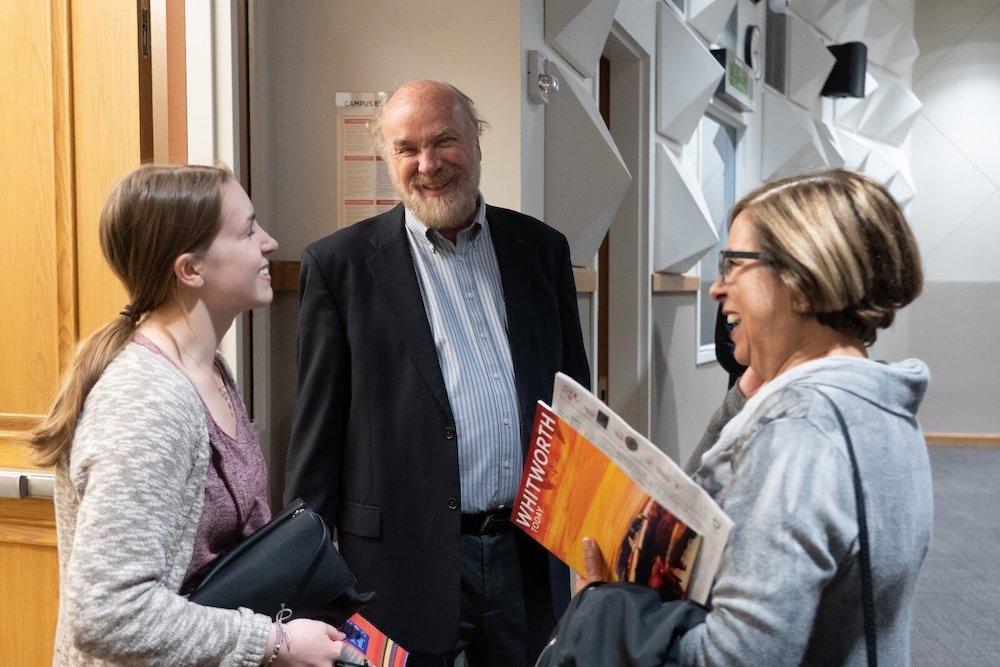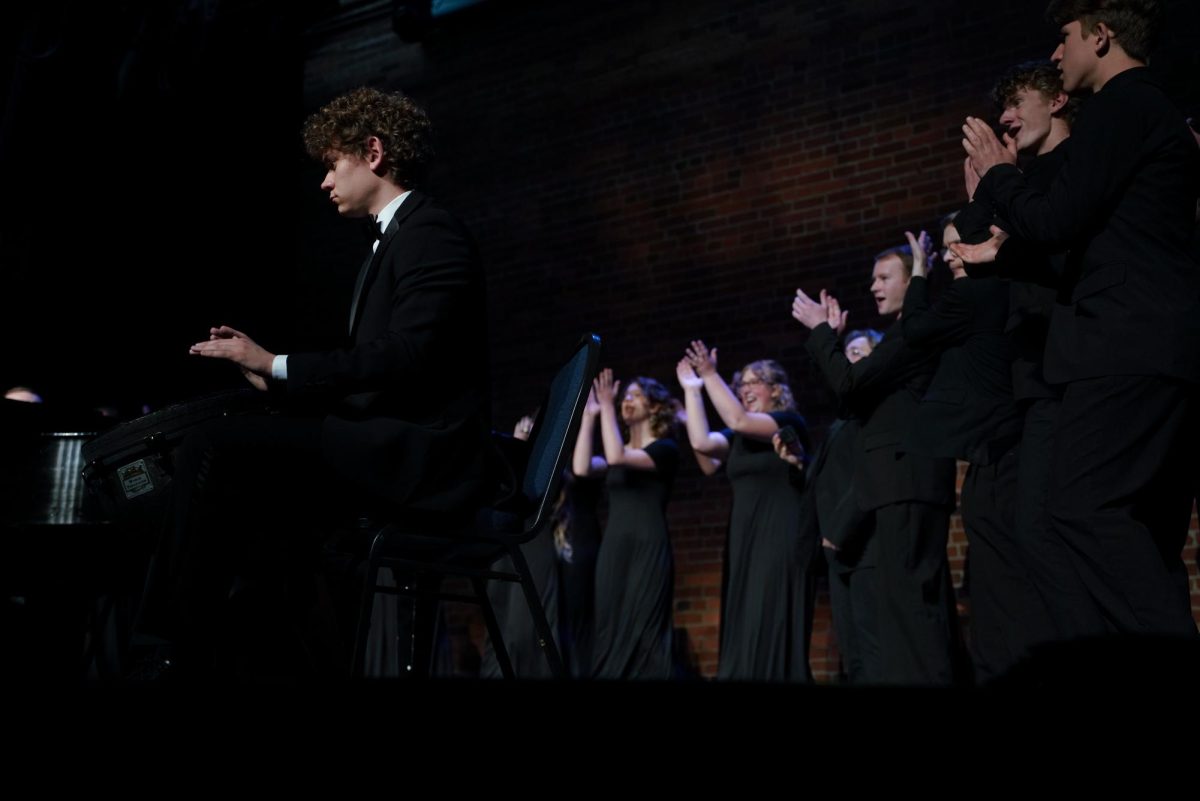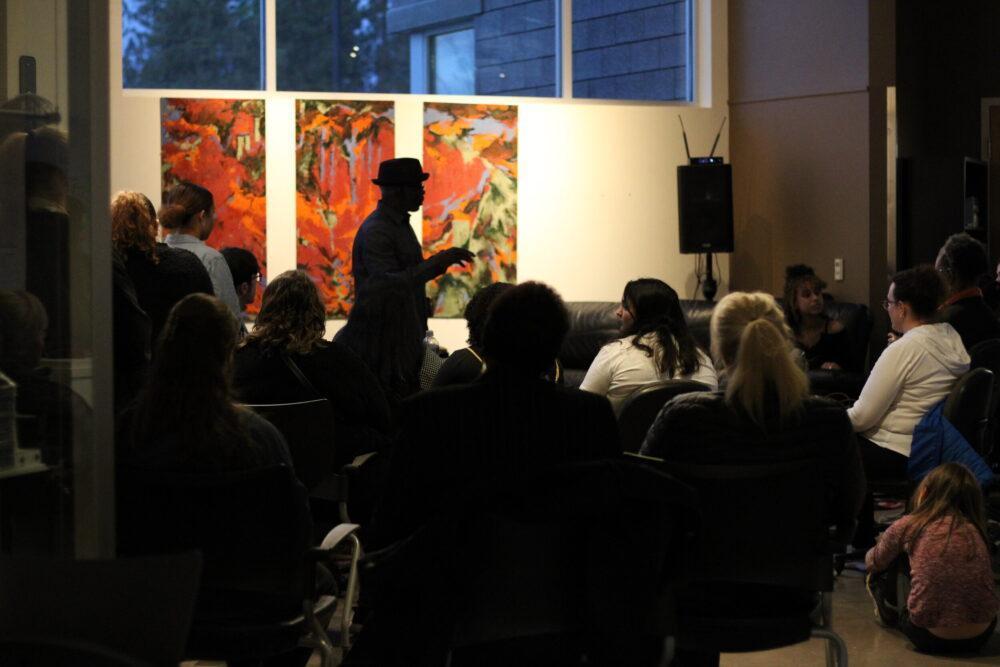Thanks to writer and director Sam Mendes’ ambitious vision for a feature-length, single-shot war film made to appear in real time, we, the audience were gifted with the cinematic masterpiece that is “1917.” Inspired by stories from Mendes’ own grandfather, a messenger in the British Army, this WWI epic tracks two British soldiers on a mission through no man’s land to deliver a message that could save the lives of over 1600 men. With a palpable urgency and such high stakes, compounded with this “one-shot” method, the audience is immediately thrust into the intense journey of Dean-Charles Chapman’s Lance Corporal Blake, and George MacKay’s Lance Corporal Schofield. “1917” won the award for Best Motion Picture-Drama at the 2020 Golden Globes, featuring some of the year’s best cinematography, impressive acting, an unrelenting intense tone and a commitment to portraying war in all its gritty realism.
Despite this film being advertised as a “one-shot,” (though there is a single visible cut) it is in reality a collection of a number of takes, each up to nine minutes long that are ultimately stitched together in post-production. Mendes and his team’s deceptive camera work was done by utilizing landscape pans and wall shots to hide necessary cuts for the film. Though many, such as myself, may peer closely at the screen trying to decipher the places where these cuts were made, this film has a way of sucking you in and prompting you to forget entirely about the analysis you were trying to do.
Being filmed to feel as though it is one whole take enhances the experience; it no longer feels as though it’s just a two-person mission, for now there’s a third member of the party, and it’s us. We the audience have been sent along on this mission, too, and by creating that feeling, Mendes heightens our senses to the point where when the characters are stopped to rest, we are the ones scouring the hills for enemies. By creating this persistent tonal tension, “1917” can avoid slipping into the genre stereotypes of loud, chaotic action and rely instead on the acting of Mackay and Chapman, both of whom are fleshed out, relatable characters that are just trying to make it on to the next day. Mackay carries this film as the battle-worn soldier who we [minor spoilers] eventually learn is a father and a husband just trying to get home to his wife and child. His and Chapman’s more youthful appearances also act both as a misdirection to their lives back home, as well as a look into the human investment these massive wars require, eliciting from these cities every able-bodied person. “1917” is a war movie that doesn’t rely on carnage or gore; in fact there are very few firefights. However, when shootouts are required they are executed in a way that is terrifying for the character and thus terrifying for the audience. Unlike other experiences at the theater, I found myself genuinely startled by the gunshots, as would one on the battlefield. The two soldiers are on the defensive throughout the entire film as a result of their time-sensitive mission, and thus more running and escape is done than anything. This helped the movie from ever becoming too “Hollywood” at any point, for though it had engaging action sequences, it is careful to not be bogged down by that, opting to boast more impressive moments in the film’s quiet as the score, and tension, slowly build.
Simply put, the movie excels on all fronts. It gives us relatable, believable characters, impressive acting, incredible cinematography, a compelling story, and features a defining method of filming that builds tension and sets the tone for the two hour WWI epic. It leaves you breathless, literally, because you’ve been holding it as you watch, terrified for these characters. It is without a doubt one of the most impressive cinematic works of this year. 10/10 Pinecones.













